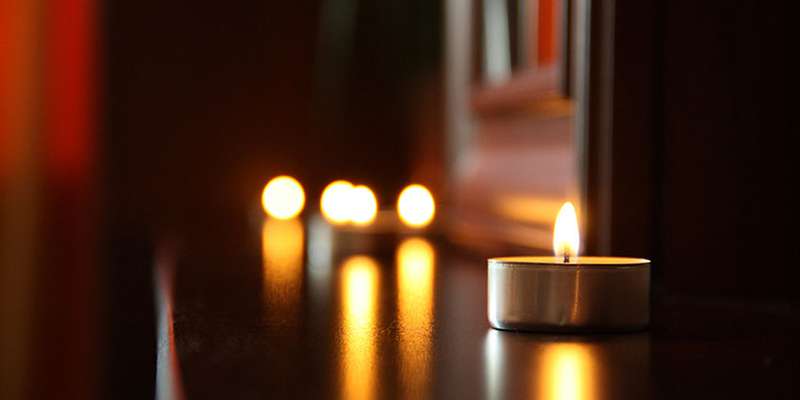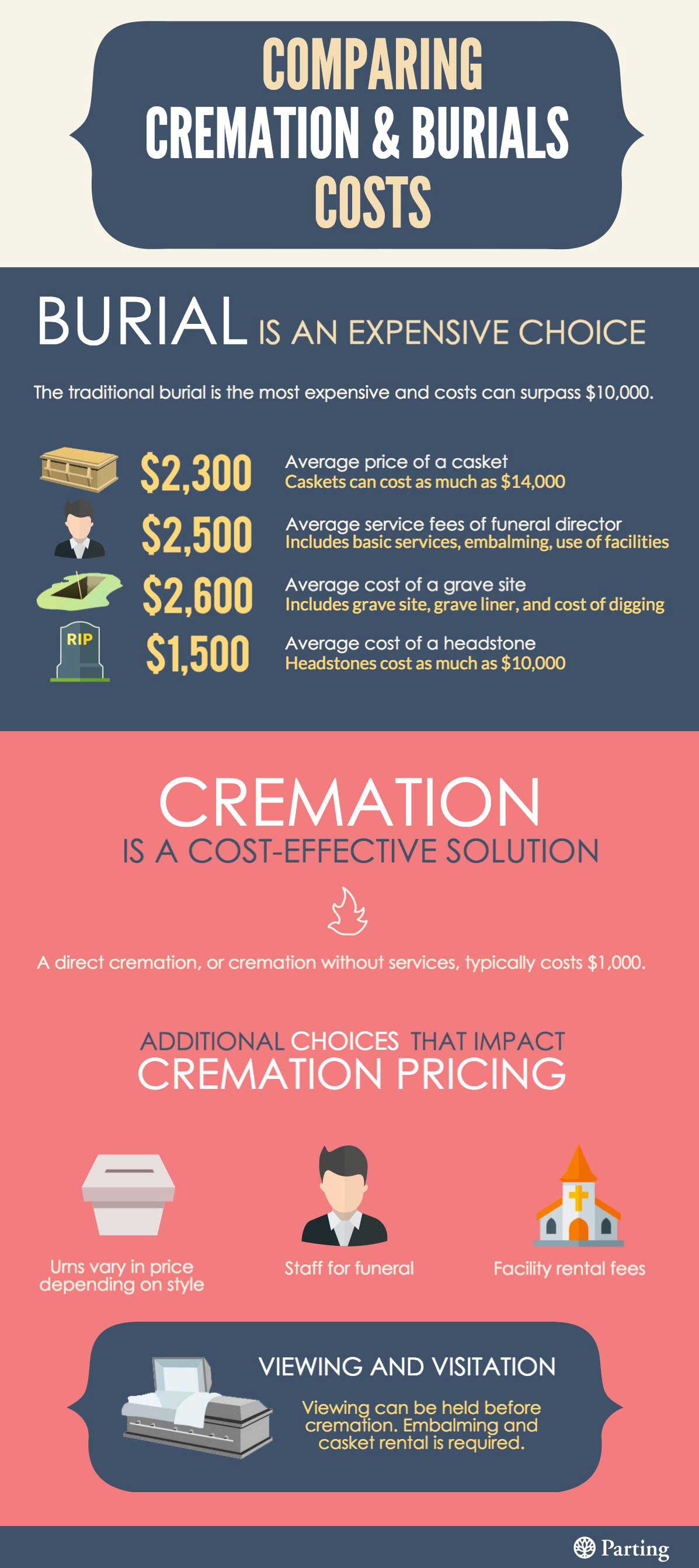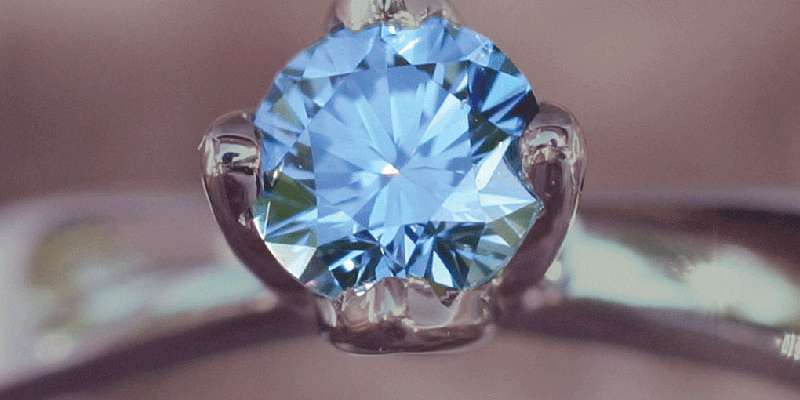Choosing cremation with services has advantages and disadvantages. In many ways this choice combines the benefits of traditional funeral services with the cost savings associated with cremation.
Cremation with services: advantages
Choosing cremation with services can be more therapeutic than choosing direct cremation for some families. Because this choice includes some type of remembrance ceremony (e.g. a viewing or funeral ceremony), many families find this more comforting than direct cremation.
The viewing or memorial service allows friends and family to share in commemorating the life of the deceased and gives friends a chance to comfort the family.
Cremation can also be much less expensive than a full traditional funeral. Choosing cremation allows you to eliminate many costs associated with funerals including the casket, gravesite, cemetery fee, and headstone cost.
Many people also consider cremation a more environmentally-friendly option because no land is disturbed for burial purposes.
Another benefit of cremation is that it provides portability of cremains. If surviving family members move away, they can easily take cremated remains with them.
Cremation also allows for a wide variety of disposition options. While some families do decide to bury cremains in a cemetery, most families simply take the cremains home. However, many other options exist. Please see the Funeral Saver's Kit for a complete discussion of cremation options.












